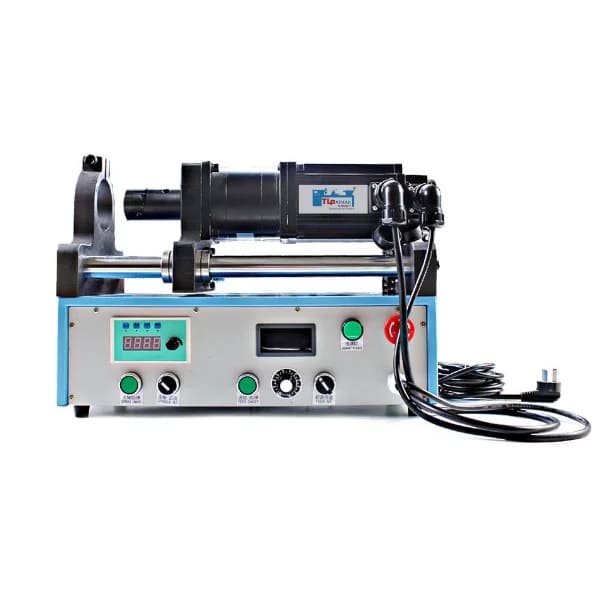Noise pollution is a growing concern across various industries, ranging from power plants, manufacturing facilities, and data centers to commercial buildings and transportation. It not only affects the health and safety of workers but also hampers productivity and quality of life in the surrounding areas. One effective solution to reduce noise levels is the use of acoustic enclosures. In this article, we will discuss what are they, how they work, their benefits, and their types.
What are Acoustic Enclosures?
They also known as soundproof enclosures, are structures made of sound-absorbing materials that are designed to contain and reduce noise generated by machinery, equipment, or processes. They are custom-built to fit around the noise source and provide a barrier between the noise and the environment. They come in various sizes and shapes, depending on the noise level, the space available, and the equipment to be enclosed.
How do Acoustic Enclosures Work?
They work by controlling three main aspects of sound: absorption, transmission, and reflection. Sound waves travel through the air and can be absorbed or reflected by surfaces they encounter. When sound waves encounter an acoustic enclosure, the materials inside the enclosure absorb some of the sound energy, reducing its intensity. The enclosure also provides a barrier to prevent sound waves from transmitting through its walls and entering the surrounding environment.
The materials used in acoustic enclosures are chosen based on their sound absorption coefficients, which indicate how much sound energy they can absorb. Common sound-absorbing materials include mineral wool, fiberglass, foam, and perforated metal. The enclosure’s design and construction also play a crucial role in its effectiveness. The enclosure must be airtight, with no gaps or leaks, to prevent sound transmission. Additionally, it must have proper ventilation to prevent overheating of the enclosed equipment.
Benefits of Acoustic Enclosures
They offer several benefits, including:
Reduced Noise Pollution: The primary benefit is reducing noise pollution. They can reduce noise levels by up to 30 dB(A), making the environment safer and more comfortable for workers and nearby residents.
Compliance with Regulations: In many industries, noise levels are regulated by local or national authorities. They can help companies comply with these regulations and avoid penalties or legal actions.
Improved Productivity: Excessive noise can negatively impact productivity and increase stress levels among workers. They can create a quieter environment, leading to better concentration, communication, and performance.
Enhanced Safety: Loud noise can cause hearing damage, fatigue, and accidents. They can reduce the risk of these hazards and improve overall safety in the workplace.
Types of Acoustic Enclosures
They can be classified based on their function, size, and mobility. The three main types are:
In-Plant Enclosures: In-plant enclosures are stationary structures that are installed around the equipment in a factory or industrial facility. They are usually made of steel or aluminum and have insulated walls and roofs to absorb and contain noise.
Outdoor Enclosures: Outdoor enclosures are installed outside the building or facility and are used to reduce noise from generators, compressors, or other outdoor equipment. They are designed to withstand weather conditions and can be made of galvanized steel or aluminum.
Mobile Enclosures: Mobile enclosures are portable structures that can be moved around to enclose different equipment or processes. They are commonly used in construction sites, concerts, or events to reduce noise levels.
They are an effective solution to reduce noise pollution in various industries. They serve the purpose of reducing noise levels, protecting workers, and preserving equipment. The design of an acoustic enclosure must take into account various factors, such as the noise source, the environment, and the required noise reduction levels.


